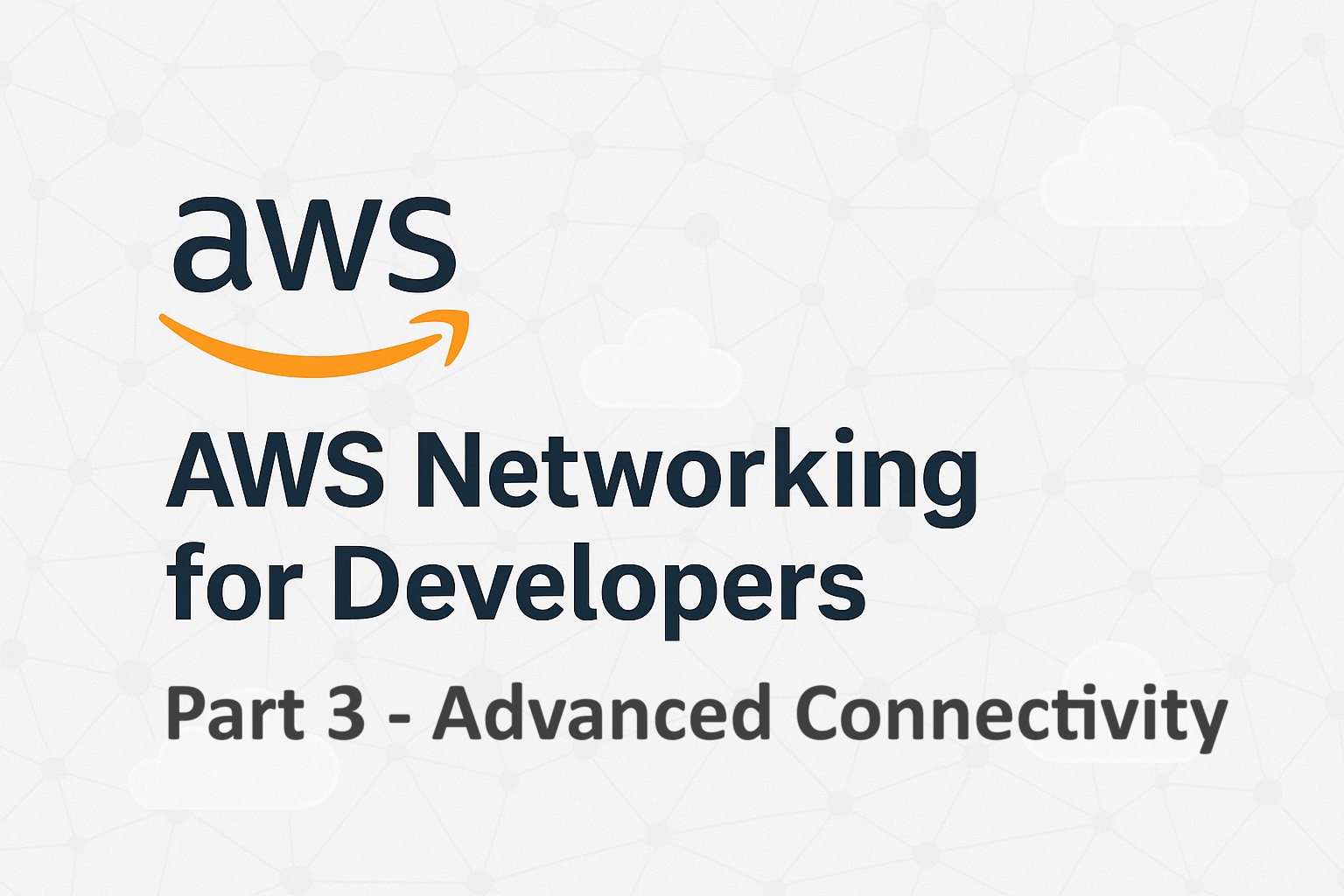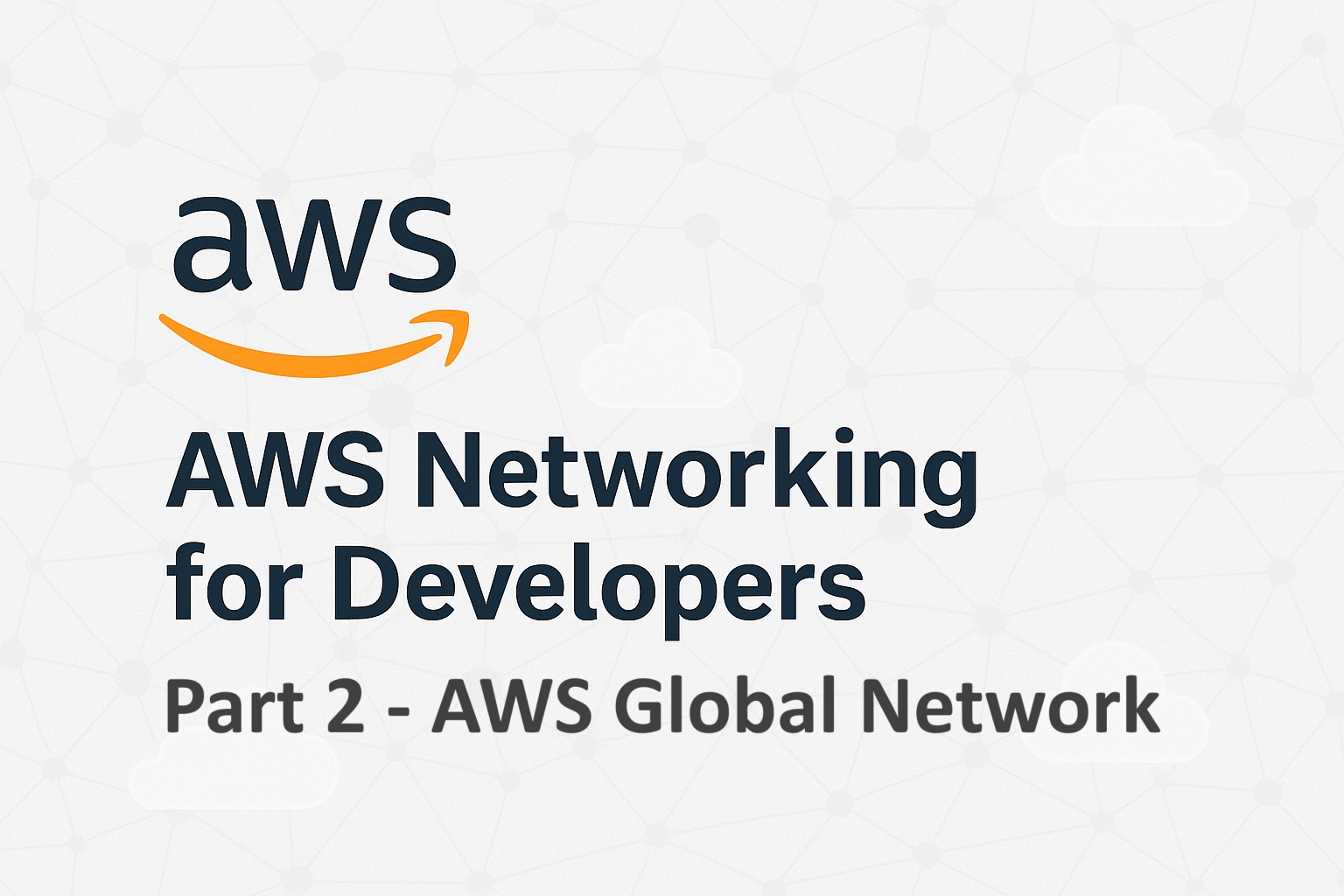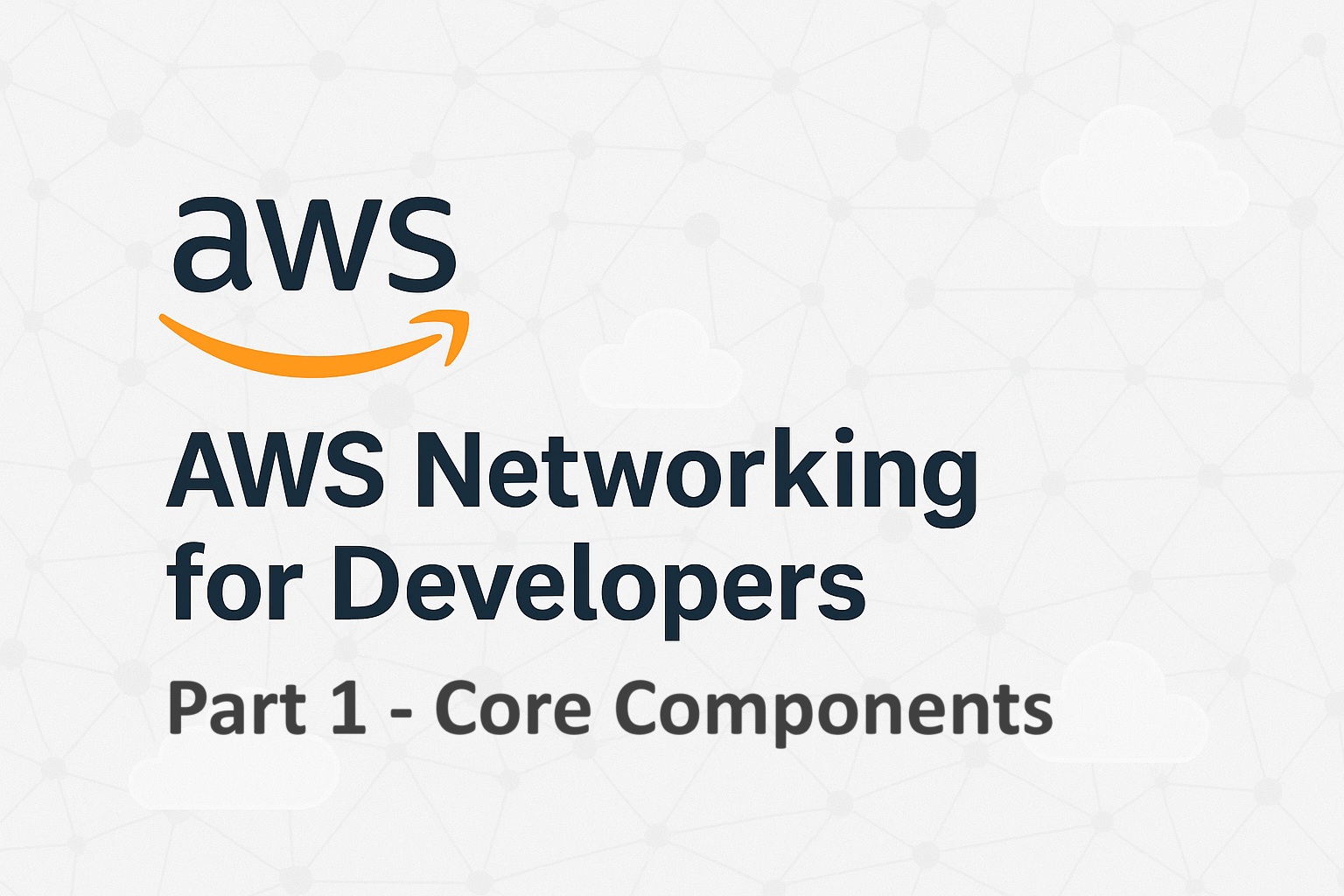
Generative AI has become one of the most impactful technologies in artificial intelligence since its public launch in late 2022, driving innovation across industries. Cloud platforms like Amazon Web Services (AWS), Microsoft Azure, and Google Cloud provide a variety of tools and services to make generative AI accessible to everyone. Large Language Models (LLMs), which are central to Generative AI, can generate human-like text, write code, create images, and perform various other tasks.
In this article, we will take a high-level look at the various generative AI solutions offered by these three cloud platforms. Detailed articles about generative AI in each of these platforms would follow later. We will also discuss the LLMs each platform supports, their features, use case fitment, integration capabilities, pricing, and security considerations. This article assumes that you’re familiar with generative AI and it terminologies.
Contents
Generative AI vs Traditional AI
Generative AI differs from traditional AI primarily in its focus on creating new content, such as text, images, and code, by learning patterns from vast datasets. It uses models like Generative Pre-trained Transformer (GPT) and Generative Adversarial Networks (GANs), allowing for creative tasks like text generation or image creation. Traditional AI, on the other hand, focuses on specific tasks like classification, prediction, and decision-making, using supervised learning and models like decision trees or neural networks. While generative AI excels at open-ended and creative tasks, traditional AI is more analytical and used for optimization, prediction, and automation.
Cloud Platforms for Generative AI and LLMs
| Features | AWS | Azure | GCP |
|---|---|---|---|
| Primary Generative AI Service | - Bedrock - SageMaker | Azure OpenAI Service | Vertex AI |
| Primary LLMs | - AI21 Labs Jurassic-2 - Anthropic Claude - Stability AI Stable Diffusion - Amazon Titan models | - OpenAI GPT-3 - GPT-4 - Codex | - PaLM 2 - Imagen - Gemini |
Amazon Web Services (AWS)
Amazon Bedrock
Amazon Bedrock provides access to multiple third-party foundation models from AI21 Labs, Anthropic, Stability AI, and Amazon’s proprietary Titan models. This flexibility allows users to choose from different models depending on their specific needs.
Supported LLMs:
Titan
Amazon Titan are a family of models built by AWS that are pre-trained on large datasets, which makes them powerful, general-purpose models. The Titan models are optimized for tasks such as summarization, text generation, search queries, and chatbot applications. These models are integrated into various AWS services, enabling seamless deployment across the AWS ecosystem.
Claude
Claude by Anthropic is designed with a focus on safety, providing outputs that are less likely to generate harmful or unsafe content. This makes it ideal for businesses requiring a higher standard of compliance and responsibility. This model is also highly suitable for building customer facing conversational interfaces.
Jurassic-2
Jurassic-2 by AI21 Labs is a versatile LLM with strong capabilities in text generation, content creation, summarization, and translation. It is designed to handle multi-language support with extensive control over outputs.
Jamba
The Jamba 1.5 Model Family by AI21 Labs has a 256K token effective context window, one of the largest on the market. Jamba 1.5 models focus on speed and efficiency, delivering up to 2.5x faster inference than leading models of comparable size. Jamba supports function calling/ tool use, structured output (JSON) and documents API.
Llama
Llama 2 and Llama 3 family models are published by Meta. Llama 2 is a high-performance, auto-regressive language model designed for developers. It uses an optimized transformer architecture and pretrained models are trained on 2 trillion tokens with a 4k context length. Llama 3 is an accessible, open large language model (LLM) designed for developers, researchers, and businesses to build, experiment, and responsibly scale their generative AI ideas.
Stable Diffusion
Stable Diffusion by Stability AI is primarily used for image generation, and AWS provides comprehensive support for this model via Bedrock. It is ideal for creative projects involving art, design, and media.
Key Features:
Model Variety
Provides access to multiple LLMs from various providers, giving users flexibility based on their use cases.
Integration with AWS Services
Bedrock integrates seamlessly with AWS services like Lambda and SageMaker, allowing users to build, deploy, manage and access AI models efficiently.
Customization and Fine-Tuning
Amazon SageMaker can be used in conjunction with Bedrock for training and fine-tuning models based on proprietary data.
Amazon SageMaker
Amazon SageMaker is AWS’s comprehensive machine learning platform, offering capabilities for building, training, and deploying custom LLMs. SageMaker provides full flexibility to deploy pre-built models or fine-tune them with your own data.
Supported LLMs:
GPT-2 and GPT-3
Open AI GPT models are not supported directly but they can be used via third-party support.
Custom LLMs
Supports custom models trained using frameworks like PyTorch, TensorFlow, and Hugging Face, which can also integrate with LLMs from other sources.
Key Features:
SageMaker JumpStart
SageMaker JumpStart allows users to quickly deploy and fine-tune pre-built LLMs for tasks like text generation, sentiment analysis, and more.
SageMaker Pipelines
SageMaker Pipeline is a sequence of connected steps organized in a directed acyclic graph (DAG), which can be created using a drag-and-drop interface or the Pipelines SDK. You can also define your pipeline using a JSON schema, called the pipeline definition JSON schema. This JSON format outlines the requirements and relationships between each step in the pipeline. The structure of the DAG is shaped by data dependencies between steps—where the output of one step is used as the input for another.
SageMaker Studio
SageMaker Studio provides a comprehensive set of purpose-built tools to support every stage of machine learning (ML) development. From data preparation to model building, training, deployment, and management, SageMaker Studio offers everything you need in one place. You can easily upload data and create models using your preferred integrated development environment (IDE). It also enhances collaboration within ML teams, allows for efficient coding with an AI-powered assistant, simplifies model tuning and debugging, and supports seamless deployment and management of models in production. Plus, you can automate workflows—all through a single, unified web interface.
Integration with Bedrock
Enables the fine-tuning of large language models available via Bedrock.
Microsoft Azure
Azure OpenAI Service
Azure OpenAI Service provides access to OpenAI’s suite of models, including GPT-4 and Codex, on the Microsoft Azure platform. Microsoft’s partnership with OpenAI makes Azure one of the most prominent platforms for deploying generative AI applications, giving users access to some of the most powerful LLMs on the market.
Supported LLMs:
GPT-3 and GPT-4
GPT-3 and GPT-4 are some of the most widely recognized LLMs for text generation, question answering, summarization, and conversational agents. GPT-4, the latest iteration, offers improved performance and reasoning over GPT-3.
Codex
Codex is a specialized version of GPT, trained for generating code. It can understand and generate code in multiple programming languages, including Python, JavaScript, C#, and more. It powers GitHub Copilot, a tool for code suggestions directly in IDEs like Visual Studio Code.
Key Features:
Direct Access to GPT-4 and Codex
Azure provides immediate access to these models, allowing enterprises to leverage the power of OpenAI’s state-of-the-art technology.
Seamless Integration with Microsoft Products
OpenAI’s models can be embedded within Microsoft Teams, Power BI, Power Automate, and other services.
Enterprise-Grade Security
As part of Azure, the OpenAI models come with built-in security features, including compliance with regulations such as GDPR, HIPAA, and SOC 2.
Azure Machine Learning
Azure Machine Learning is the platform for building, deploying, and managing machine learning models. It allows users to train custom LLMs and integrate them into broader AI pipelines.
Key Features:
AutoML
Azure AutoML allows for the automatic training and deployment of machine learning models, which can be fine-tuned to specific tasks.
Integration with Azure OpenAI
Users can extend and fine-tune GPT models or Codex using Azure Machine Learning for domain-specific applications.
Model Explainability
Model Explainability provides tools for understanding and explaining the predictions and behavior of LLMs.
Google Cloud Platform
Vertex AI
Vertex AI is a fully-managed, unified AI development platform for building and using generative AI. Vertex AI provides a full suite of tools and services, making it possible to deploy and train both pre-built and custom models. Google leverages its own large language models like PaLM 2 and Imagen to power its generative AI solutions.
Supported LLMs:
PaLM 2
The second-generation Pathways Language Model (PaLM) is designed for a wide range of text generation tasks. PaLM 2 is optimized for high-level reasoning, making it suitable for applications like summarization, translation, coding, and conversational agents.
Imagen
Imagen is Google’s generative AI model for image creation, similar to OpenAI’s DALL-E. It is optimized for creating photorealistic images from textual descriptions.
Gemini
Gemini is Google’s cutting-edge model for multi-modal tasks, integrating text, image, and speech processing capabilities. This model is designed for more advanced use cases where multiple types of data need to be processed simultaneously.
Key Features:
Integration with Google Services
Vertex AI models integrate deeply with Google services like Google Search, Google Workspace, and BigQuery, making it easy to embed generative AI into existing workflows.
Vertex AI Pipelines
Vertex AI Pipelines allow businesses to automate the deployment and management of large-scale machine learning models, including LLMs.
Pre-trained LLMs
Provides access to pre-trained models, including PaLM 2 for text generation and Imagen for image creation.
Vertex AI Workbench
Vertex AI Workbench is a Jupyter notebook-based development environment for the entire data science workflow, and is designed to simplify the development of AI models, combining data and AI workflows into a single environment.
Key Features:
Jupyter-Based Notebooks
Provides a unified interface for building and testing AI models.
Integration with BigQuery
Connects directly to Google’s data warehouse for seamless data processing and analysis, allowing for LLM training on large datasets.
Pre-Configured Notebooks
Provides pre-built environments for common use cases like text generation, translation, and data analysis.
Use Case Matrix
Here’s a detailed table listing various use cases of Generative AI and the appropriate LLMs for each use case in each of these platforms. Most use cases can be solved by all the three platforms, and may differ only in accuracy and speed.
| Use Case | Description | AWS LLMs | Azure LLMs | Google Cloud LLMs |
|---|---|---|---|---|
| Text Generation | Generate coherent text, articles, or stories. | Jurassic-2, Amazon Titan | GPT-3, GPT-4 | PaLM 2 |
| Text Summarization | Condense long articles, documents, or reports into shorter summaries. | Jurassic-2, Amazon Titan | GPT-3, GPT-4 | PaLM 2 |
| Content Creation | Generate blog posts, marketing copy, or social media content. | Jurassic-2, Amazon Titan | GPT-3, GPT-4 | PaLM 2 |
| Translation | Translate text between languages. | Jurassic-2, Amazon Titan | GPT-3, GPT-4 | PaLM 2 |
| Document Summarization | Summarize long-form documents, such as research papers. | Claude, Amazon Titan | GPT-3, GPT-4 | PaLM 2 |
| Creative Writing | Generate stories, poetry, or other forms of creative literature. | Jurassic-2, Amazon Titan | GPT-3, GPT-4 | PaLM 2 |
| Chatbots & Conversational AI | Build virtual assistants for customer support or general inquiries. | Claude, Amazon Titan | GPT-3, GPT-4 | PaLM 2 |
| Sentiment Analysis | Analyze the sentiment (positive, neutral, or negative) of a given text. | BERT, T5, RoBERTa | GPT-3, GPT-4 | PaLM 2 |
| Code Generation | Write, complete and explain programming code based on user input. | Amazon SageMaker | Codex, GPT-3, GPT-4 | PaLM 2 |
| Code Debugging | Assist developers in finding and fixing bugs in code. | Amazon SageMaker | Codex, GPT-4 | PaLM 2 |
| Question Answering | Provide concise answers to questions from a knowledge base or document. | Jurassic-2, Amazon Titan | GPT-3, GPT-4 | PaLM 2 |
| Educational Tutoring | Provide educational assistance or tutoring on various subjects. | - | GPT-3, GPT-4 | PaLM 2 |
| Text-to-Image Generation | Create images from textual descriptions (e.g., "A cat wearing a space helmet"). | Stable Diffusion | DALL-E | Imagen |
| Image Generation | Create realistic images from text. | Stable Diffusion | DALL-E | Imagen |
| Personalized Recommendations | Generate personalized recommendations for products, content, etc. | Amazon Titan | GPT-4 | PaLM 2 |
| Speech-to-Text & Voice Bots | Transcribe spoken language to text or powering voice-based assistants. | Amazon Polly | GPT-3, GPT-4 | Google Cloud Speech-to-Text |
| Product Design | Assist in the design and prototyping of products via image generation. | Stable Diffusion | DALL-E | Imagen |
| Enterprise Search | Enhance internal search engines to provide intelligent, context-aware results. | Claude, Amazon Titan | GPT-4 | PaLM 2 |
| Legal Document Analysis | Analyze and summarize complex legal documents or contracts. | Claude, Jurassic-2, Amazon Titan | GPT-4 | PaLM 2 |
| Regulatory Compliance | Analyze documents for compliance with legal and industry regulations. | Claude, Amazon Titan, BERT | GPT-4 | PaLM 2 |
Pricing Comparison
For most use cases, all three platforms provide services and models that can be used to implement a solution for the given requirements. In such a situation, cost plays an important role in deciding what platform to choose. Choosing a platform usually means balancing accuracy, speed, and cost. If one platform gives a slightly less accurate result but is much cheaper, it’s often better to go with that option.
| Cloud Provider | AWS | Azure | GCP |
|---|---|---|---|
| LLM Pricing | Pay-per-use for LLMs via Amazon Bedrock (e.g., AI21 Labs, Claude) | Consumption-based pricing for GPT-3, GPT-4, and Codex | Pay-per-use for PaLM 2 and Imagen in Vertex AI |
| Compute Cost | Compute cost based on EC2, SageMaker usage | Compute costs for Azure ML instances | Compute cost based on TPU or VM usage |
| Additional Costs | Data storage, fine-tuning, and training | Data storage and transfer, model fine-tuning | Data processing via BigQuery, storage |
Conclusion
The generative AI landscape is rich with innovation, and each of the major cloud providers—AWS, Azure, and Google Cloud—offers unique features, models, and capabilities for building generative AI applications.
- AWS shines in its flexibility, offering access to a wide variety of third-party models, making it suitable for users who need diverse model choices.
- Azure stands out for its deep integration with OpenAI’s models, making it ideal for organizations looking to leverage GPT-4 and Codex for code generation, text processing, and enterprise automation. Azure is also a great choice if your focus is on enterprise integration.
- Google Cloud delivers cutting-edge AI capabilities through PaLM 2 and Imagen, excelling in applications that require advanced reasoning and creative content generation.
The choice of platform ultimately depends on your specific use cases, such as whether you need more flexibility (AWS), enterprise productivity tools (Azure), or the latest in advanced AI research (Google Cloud). Almost all of your use cases can be handled by any of the three Cloud platforms, the only difference being accuracy, speed and cost. You may want to build prototypes using each each of these services to zero in on what works best for your specific requirements.



[…] Comparison of Generative AI Solutions: AWS vs Azure vs Google Cloud (2024 Guide). […]
[…] Before proceeding further, I recommend that you read my previous article that gives an overview of Generative AI on AWS. Generative AI on AWS: 2025 Guide to Bedrock, Foundation Models and SageMaker. To understand Generative AI platforms offered by different cloud providers, head on to Comparison of Generative AI Solutions: AWS vs Azure vs Google Cloud (2024 Guide) […]